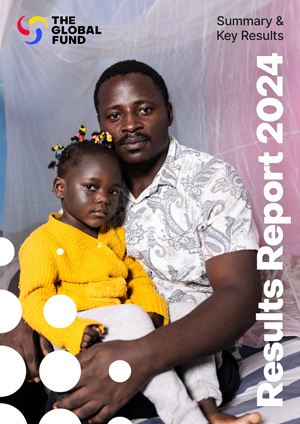Quantitative viral load testing is the World Health Organization-recommended monitoring tool for diagnosing and confirming the failure of antiretroviral therapy. Furthermore, the WHO 2018 Infant Diagnostic guidelines provides recommendations for a Nucleic Acid Testing (NAT) based algorithm for qualitative diagnosis of HIV exposed infants (HEI).
We recognize there are significant challenges limiting our partners’ investments in viral load and diagnosis of HIV exposed infants. Some of the challenges include high and variable costs for testing technologies, low utilization of machines and frequent test malfunctions. Expanding viral load and diagnosis of HIV exposed infants can be complex and requires, in addition to the cost of the products, significant investments in infrastructure, transport networks and people.
We established framework agreements with diagnostic manufacturers in 2015 with the aim of bringing more transparency and competition to the HIV viral load and EID market.
Procurement Strategy
Our procurement strategy focuses on both optimizing existing equipment and investments as well as supporting scale-up. The long-term goal is to achieve simple, transparent and affordable pricing with optimal contracting models for analyzers and/or reagents for both new and existing investments. We promote maintaining a sustainable, competitive market by:
- Benchmarking pricing and supply terms for implementing partners to leverage in the selection and acquisition of these technologies and/or reagents.
- Providing detailed and clear information about different contracting modalities across the various platforms and technical options to implementing partners. This includes itemized visibility on the total cost of ownership including freight, distributor markups, maintenance and more.
- Supporting the introduction and scale up of new technologies for new manufacturers whose products do not yet meet the standards in the Global Fund Quality Assurance Policy for Diagnostics.
- Enabling other public health partners to enter into agreements and access the negotiated benchmark prices.
Selection and Procurement Tool
Our interactive HIV Viral Load and Early Infant Diagnosis Selection and Procurement Information tool provides guidance and clarity for partners procuring these technologies:
- HIV Viral Load and Early Infant Diagnosis Selection and Procurement Information Tool Frequently Asked Questions
download in English
The tool addresses high-level topics including country scenarios, programming and funding, request for proposal process and outcomes, platform/technology selection, pricing options and contracting options.
Additional resources are available below to download and access.







